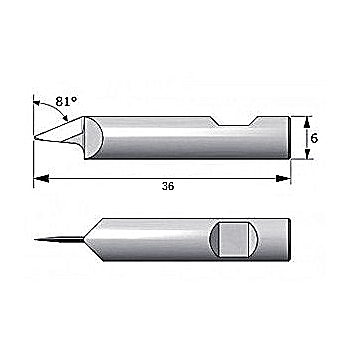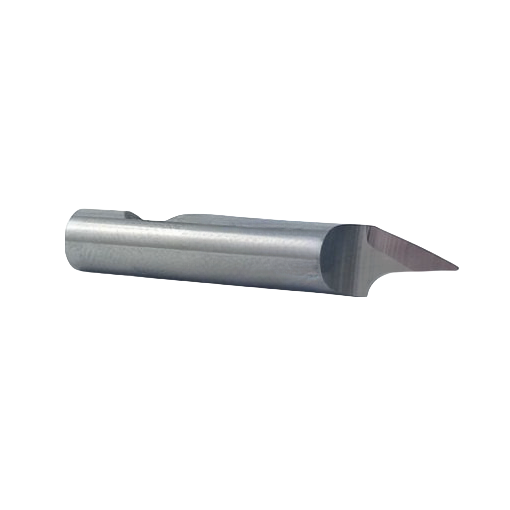The Aristo 7275 blade is a specific type of oscillating knife blade designed for precise cutting of various materials. Here's how it compares to other oscillating knife blades:
Key Features of Aristo 7275
- Shank Diameter: 6 mm, round shank.
- Cutting Depth: Approximately 5 mm.
- Angle: 25°, suitable for medium-density materials.
- Length: 36 mm.
- Material: Typically made from high-quality materials like tungsten carbide for durability.
Comparison to Other Oscillating Blades
- Versatility: The Aristo 7275 is versatile and can handle a range of materials, similar to other oscillating blades like the Aristo 7365 and 4483, which are also used for cutting felt, rubber, cardboard, foam, and composite materials.
- Blade Thickness and Rigidity: Thicker blades (e.g., 1.5 mm) offer more rigidity for harder materials, but the Aristo 7275's specific thickness is not detailed in the search results.
- Compatibility: The Aristo 7275 is designed for use in Aristo cutting systems, similar to other blades in the series, which are compatible with specific machines.
- Material Handling: While the Aristo 7275 is suitable for cutting small details and curves, other blades like the Aristo 7265 and 7267 may offer similar capabilities with slight variations in design or application.
Advantages
- Precision Cutting: The oscillating motion allows for smooth cutting without dragging or tearing, making it ideal for intricate patterns.
- Durability: Made from high-quality materials, ensuring long-lasting performance.
Disadvantages
- Limited Cutting Depth: The 5 mm cutting depth may limit its use for thicker materials compared to other blades with deeper cutting capabilities.
- Specific Machine Compatibility: It is designed for specific Aristo machines, which might limit its use across different brands or models.
Overall, the Aristo 7275 blade offers precision and versatility for cutting various materials, but its specific features and limitations should be considered when choosing the right blade for a particular application.
PREV : How do I properly use a stop ring with a Zund router NEXT : What materials are suitable for Summa T series blades?







